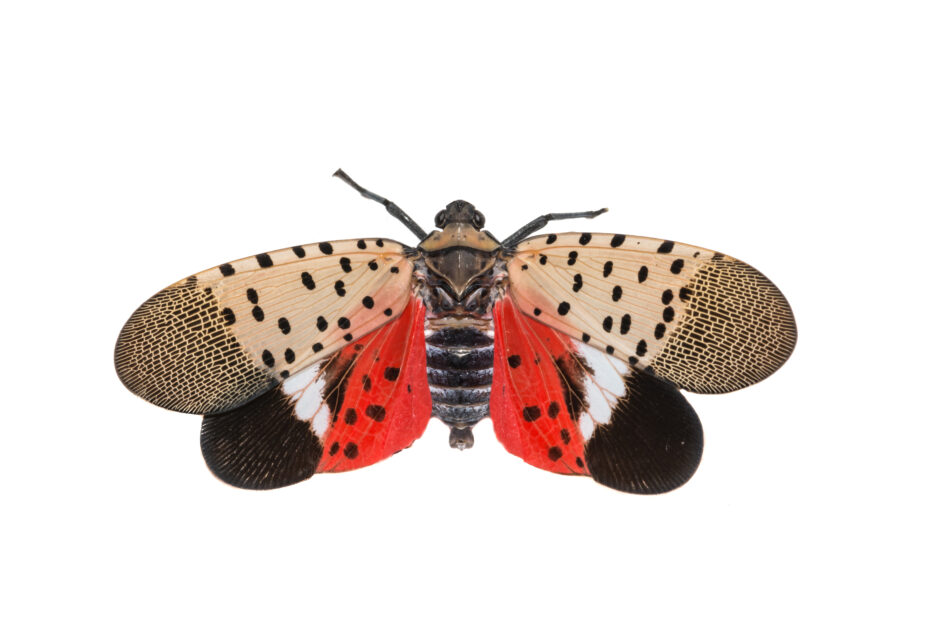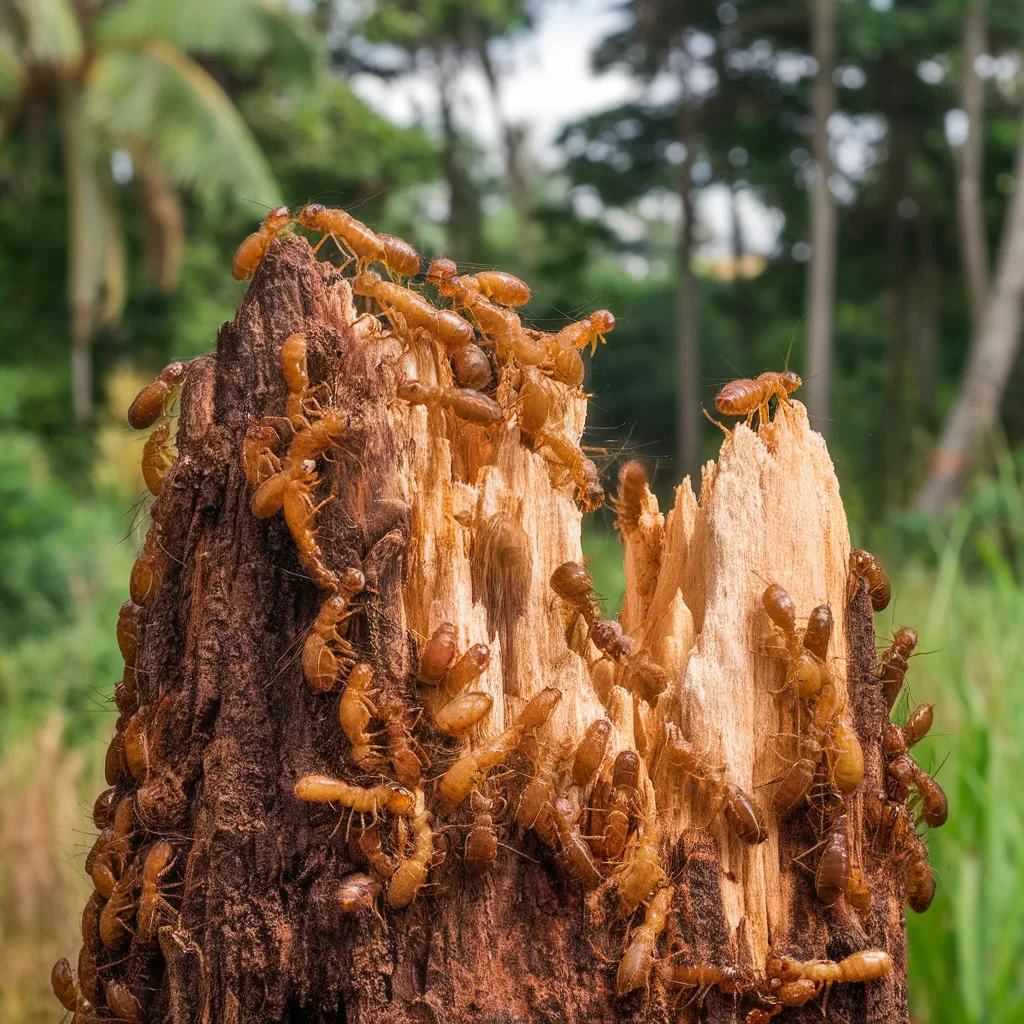With the recent mass invasion of the Spotted Lantern Fly, many homeowners across the country are beginning to worry about the potential implications of this new pest. The Spotted Lantern Fly is an invasive species from Asia, and it has already caused significant tree damage in Pennsylvania, New Jersey, and Delaware.
In this blog article, you will learn what you need to know as a homeowner in order to protect your home and property from the Spotted Lantern Fly invasion. We’ll provide tips on how to identify the insect, how to prevent an infestation, and what steps to take if you think your property is already infected. With this knowledge, you can take the necessary steps to ensure that your home and property are safe from these destructive pests. So, let’s get started on preparing for the Spotted Lantern Fly invasion.
Identifying the Spotted Lantern Fly
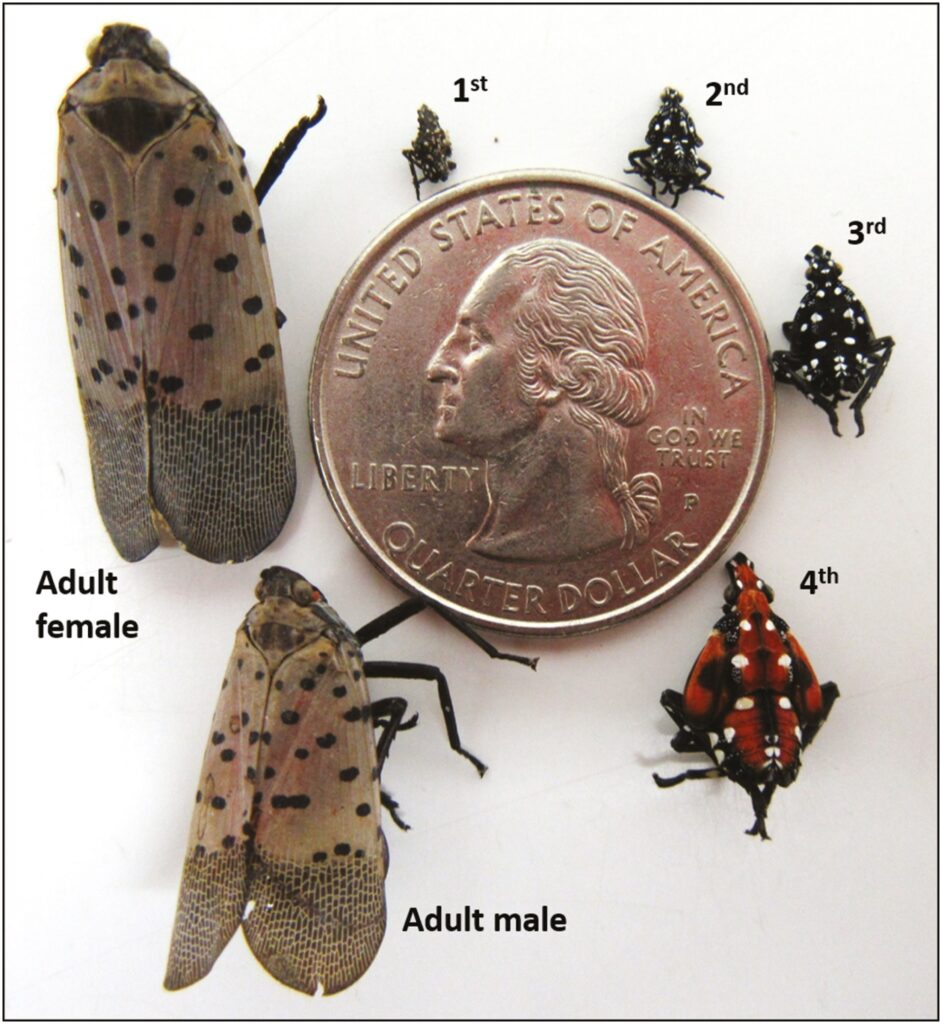
The Spotted Lantern Fly is a large, brightly-colored insect native to China, India, and Vietnam. It was first discovered in the United States in 2014 in Pennsylvania and has since spread to New Jersey, Delaware, and Maryland. They are recognizable by their colorful wings and a distinct black and white spotted pattern on their bodies. The adults have a wingspan of about one-and-a-half inches and can be found on trees and shrubs. The larvae look like small black-and-white dots and can be found on the trunks of trees.
To prevent an infestation, it’s important to be able to identify the Spotted Lantern Fly and take steps to control it. Homeowners should keep an eye out for the insect and look for signs of its presence, such as wilting leaves and damaged fruit. If you suspect an infestation, it’s important to act quickly and contact a local pest control professional. They will be able to help you identify the insect and provide treatments to help prevent an infestation.
Additionally, it is important to keep your yard clean and free of potential breeding grounds for the Spotted Lantern Fly, such as piles of leaf litter, broken branches, and overgrown plants. Taking these steps can help protect your home and property from the Spotted Lantern Fly invasion.
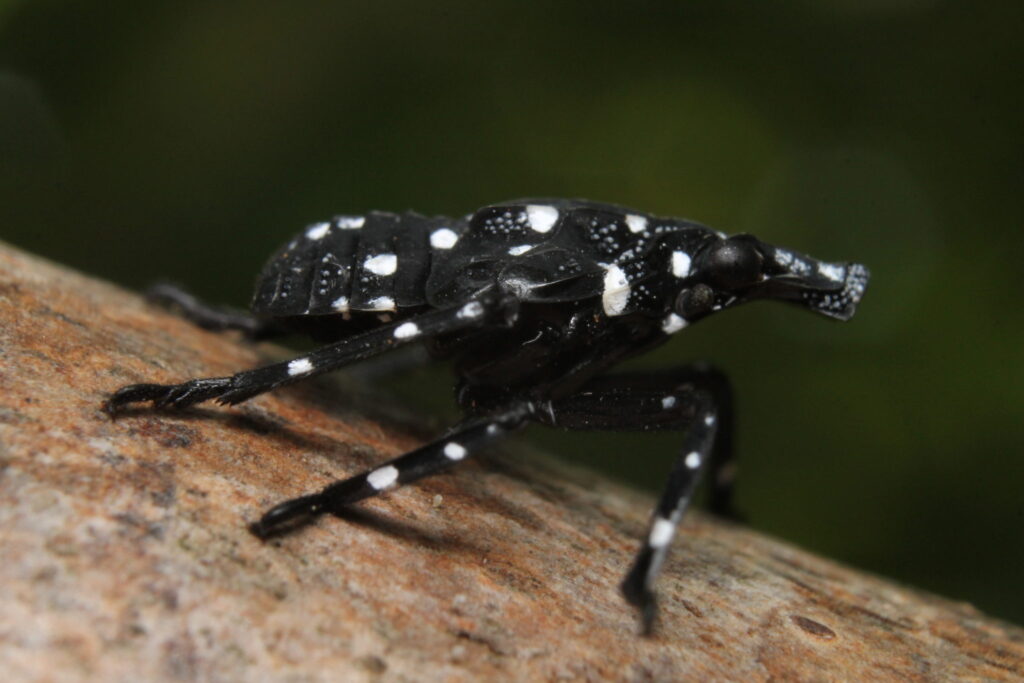
Understanding the Impact of the Spotted Lantern Fly
This pest has a large appetite for sap and can inflict significant damage on trees and plants. Homeowners across the country should be aware of the potential implications this pest can have on their property and take the necessary steps to prevent an infestation.
The first step to understanding the impact of the Spotted Lantern Fly is to familiarize yourself with its physical characteristics. This insect has distinctive black and gray wings with white spots and bands along the edges. It’s important to differentiate the Spotted Lantern Fly from other insects, as it is the only species that has this coloration. Additionally, adults can grow up to four centimeters long and can fly long distances.
To help prevent an infestation, homeowners should inspect nearby trees and plants for signs of the Spotted Lantern Fly. These signs may include egg masses, planar damage, and the presence of adult insects. If you find evidence of the Spotted Lantern Fly, you should contact a professional pest control company to have the infestation treated. Additionally, you can make efforts to reduce the availability of host plants and trees, as these are the preferred food source of the Spotted Lantern Fly. By following these steps and understanding the impact of the Spotted Lantern Fly, homeowners can help protect their property from this invasive species.
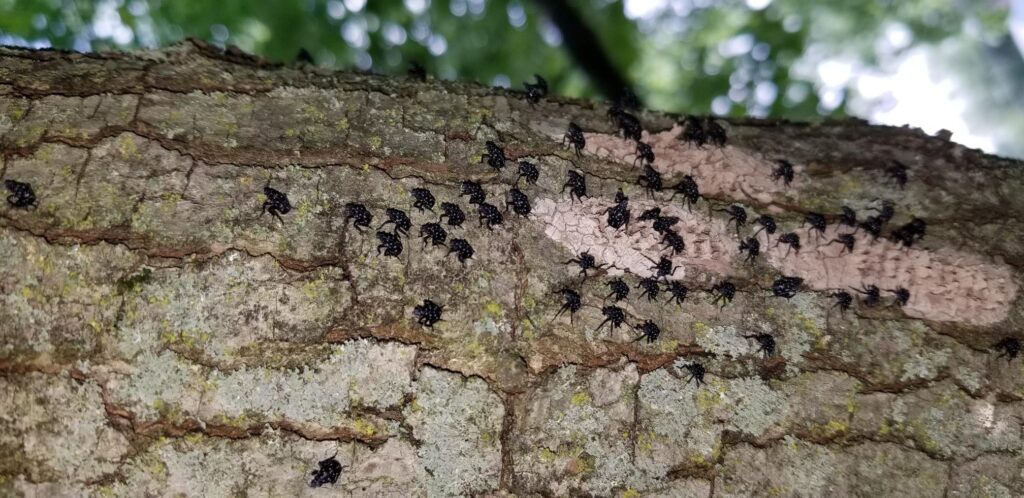
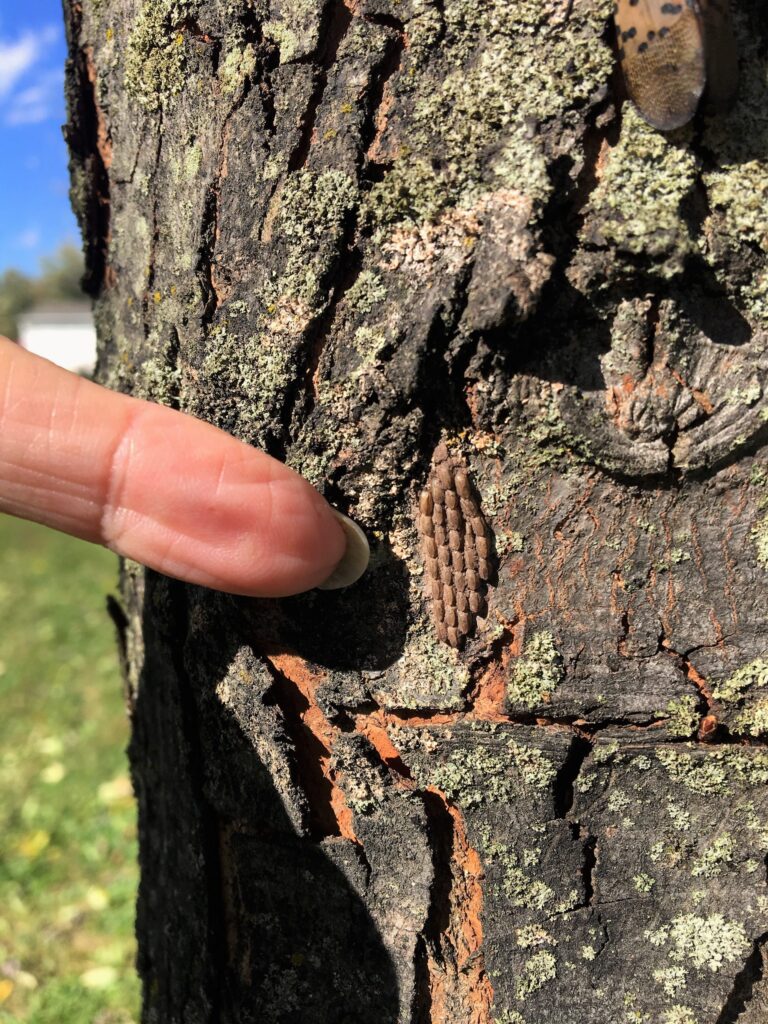
Preventing an Infestation of the Spotted Lantern Fly
The Spotted Lantern Fly is a black and red insect that is approximately ½ inch long. It can be identified by its black forewings with red spots and its overall yellow and white color. Additionally, the Spotted Lantern Fly lays egg masses in the fall that look like mud. If you find an egg mass, it should be scraped off of the tree and disposed of in a sealed bag or container.
Homeowners should inspect their property for any signs of the insect, and if found, take steps to address the problem immediately. Homeowners should keep their trees and shrubs trimmed and healthy to discourage the Spotted Lantern Fly from laying eggs in them.
Additionally, homeowners should seal any possible areas of entry such as cracks in window and door frames, and repair any damaged siding or screens as soon as possible. Finally, homeowners should also avoid bringing in any outdoor firewood as it may contain the Spotted Lantern Fly egg masses.
By being proactive and following these tips, homeowners can protect their homes and properties from the Spotted Lantern Fly invasion. As a homeowner, it is important to take steps to prevent an infestation and address any problems as soon as they are discovered.
Treating an Infestation of the Spotted Lantern Fly
This pest is a threat to many homeowners across the country, and it is important to understand the steps in treating an infestation.
The SLF has a distinctive look with a spotted pattern of black, grey, and white on its wings. Other key characteristics include its red hind wings, grey body, and dark antennae. If you have seen a spotted lantern fly, it is important to take a picture and contact your local Department of Agriculture as soon as possible.
Once you have identified the insect, the next step is to take preventative measures to keep any infestation from spreading. This includes trimming away dead tree branches, cleaning up any piles of wood or debris around your property, and using insecticides or traps to reduce the population of spotted lanternflies. It is also a good idea to inspect any plants you buy for signs of infestation, as this can help prevent bringing the insect into your home.
By carefully following these steps, you can help protect your property from a Spotted Lantern Fly invasion. Understanding the danger this pest poses and being proactive in prevention is the best way to ensure that you and your home are protected.
Controlling the Spread of the Spotted Lantern Fly
This invasive species has already caused significant damage to trees in Pennsylvania, New Jersey, and Delaware. The most important step in controlling the spread of this pest is to be able to recognize it. The Spotted Lantern Fly has yellowish-white wings with black spots, a black head, and a red and black abdomen.
The second step to controlling the spread of the Spotted Lantern Fly is to take proactive steps to prevent an infestation. This includes removing potential breeding spots such as piles of leaves or compost piles. Additionally, it is important to keep the exterior of your home free from potential nesting spots such as stacks of firewood. Finally, inspect any plants you bring into your property for signs of Spotted Lantern Fly infestation, as it can easily spread this way.
If you think you have a Spotted Lantern Fly infestation on your property, it is important to contact a licensed pest control professional to help. They will be able to provide further advice on how to control the infestation and how to prevent it from spreading. Taking action quickly is key, as this invasive species can quickly cause significant damage to trees and plants. Following these steps will help you protect your home and property from the spread of the Spotted Lantern Fly.
Additional Resources for Homeowners
As a homeowner, it is important to be aware of the dangers of the Spotted Lantern Fly and to take the necessary steps to prevent an infestation. Looking for the right resources can help you learn more about insects and how to protect your home. There are a number of online resources available to help you understand the life cycle and behavior of the Spotted Lantern Fly. The website of the United States Department of Agriculture (USDA) provides a wealth of information about the insects and how to protect your home. Additionally, the Penn State Extension has developed a free online training course to help homeowners identify and manage this invasive species.
On top of online resources, there are a number of state and local organizations providing assistance and guidance to homeowners. In Pennsylvania, the Penn State Extension has a number of county offices providing information and technical assistance to homeowners. The Penn State Extension also offers a mobile app that provides up-to-date information about the Spotted Lantern Fly. The USDA also has a number of state-level offices providing assistance and guidance to those affected by the pest. Finally, there are a number of non-profit organizations providing homeowners with guidance and assistance in dealing with the infestation. With the wealth of resources available, homeowners can make sure that their homes and properties are protected from the Spotted Lantern Fly.
